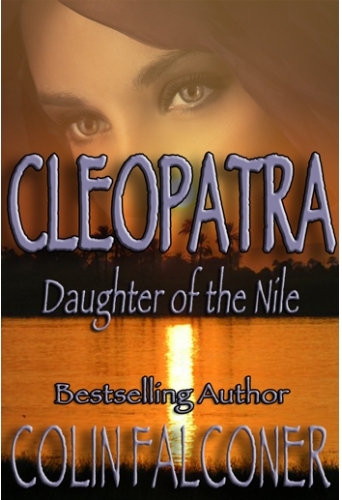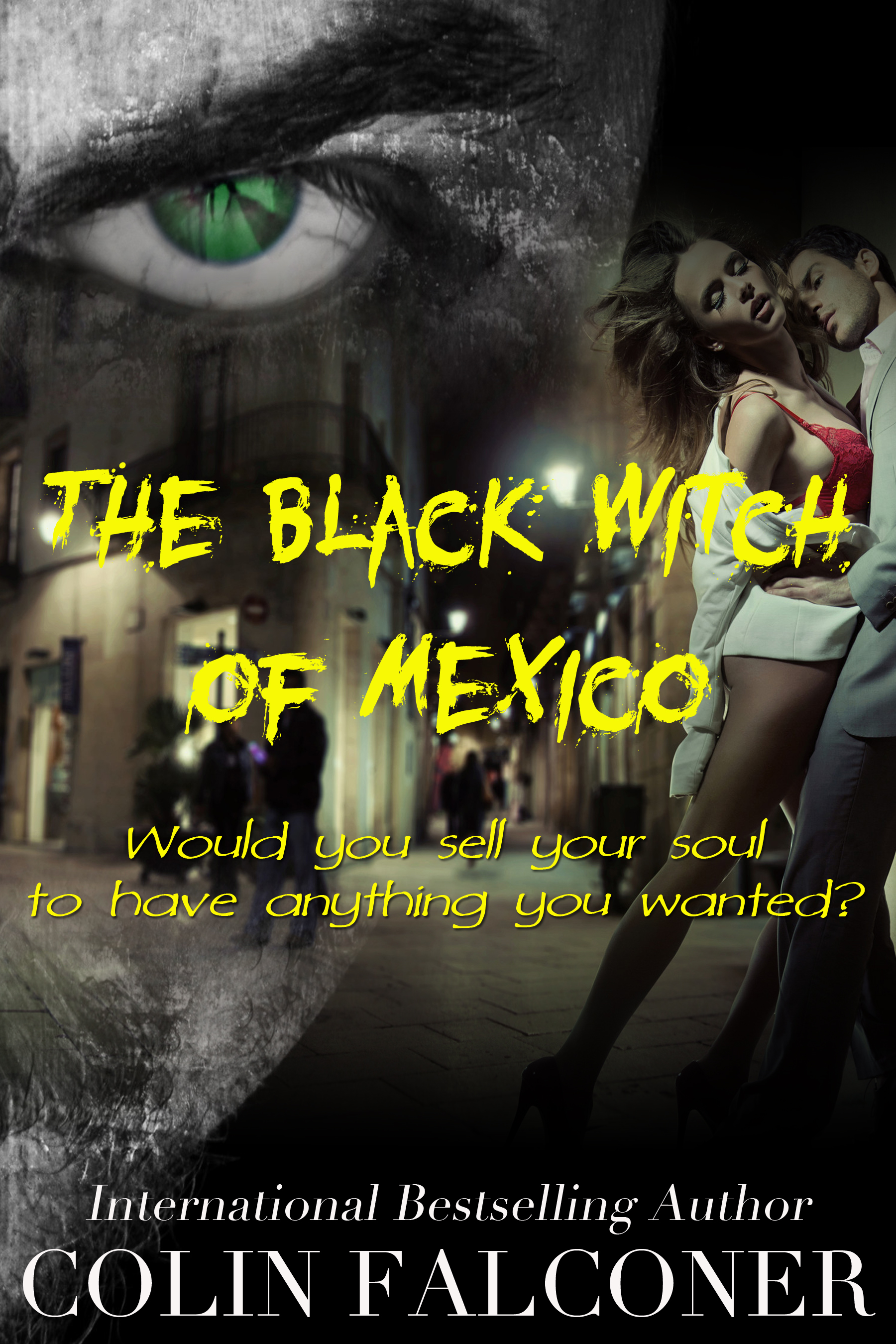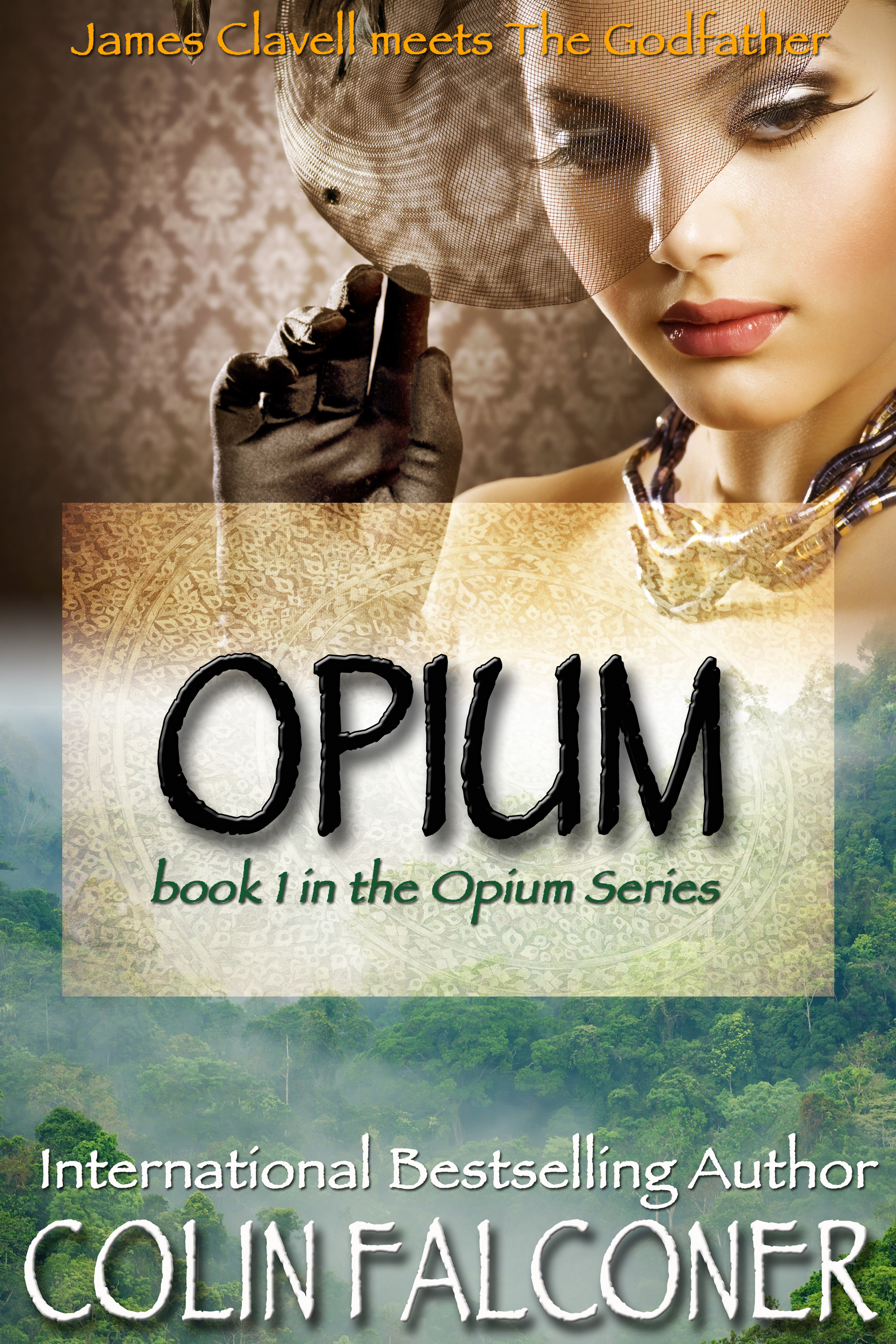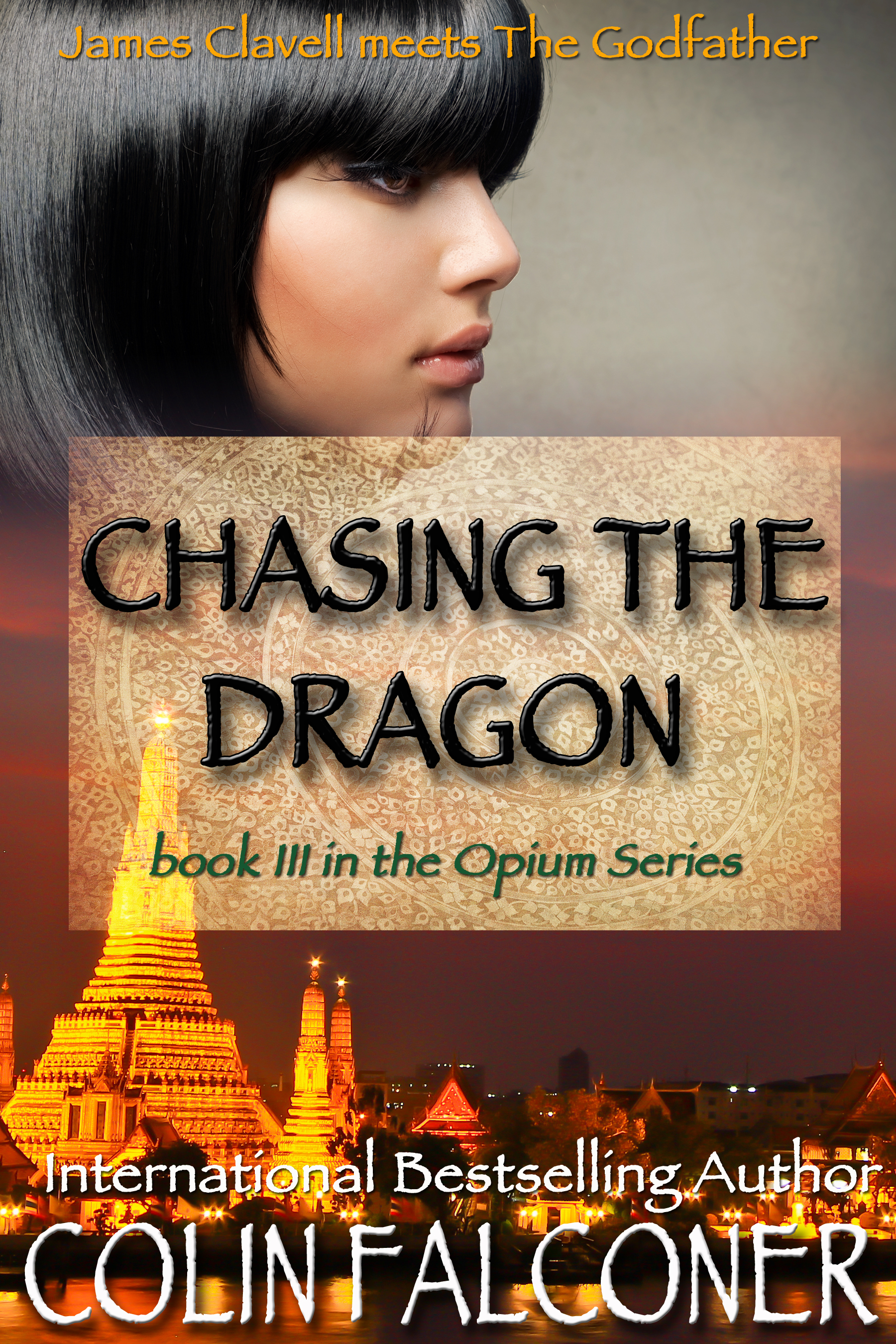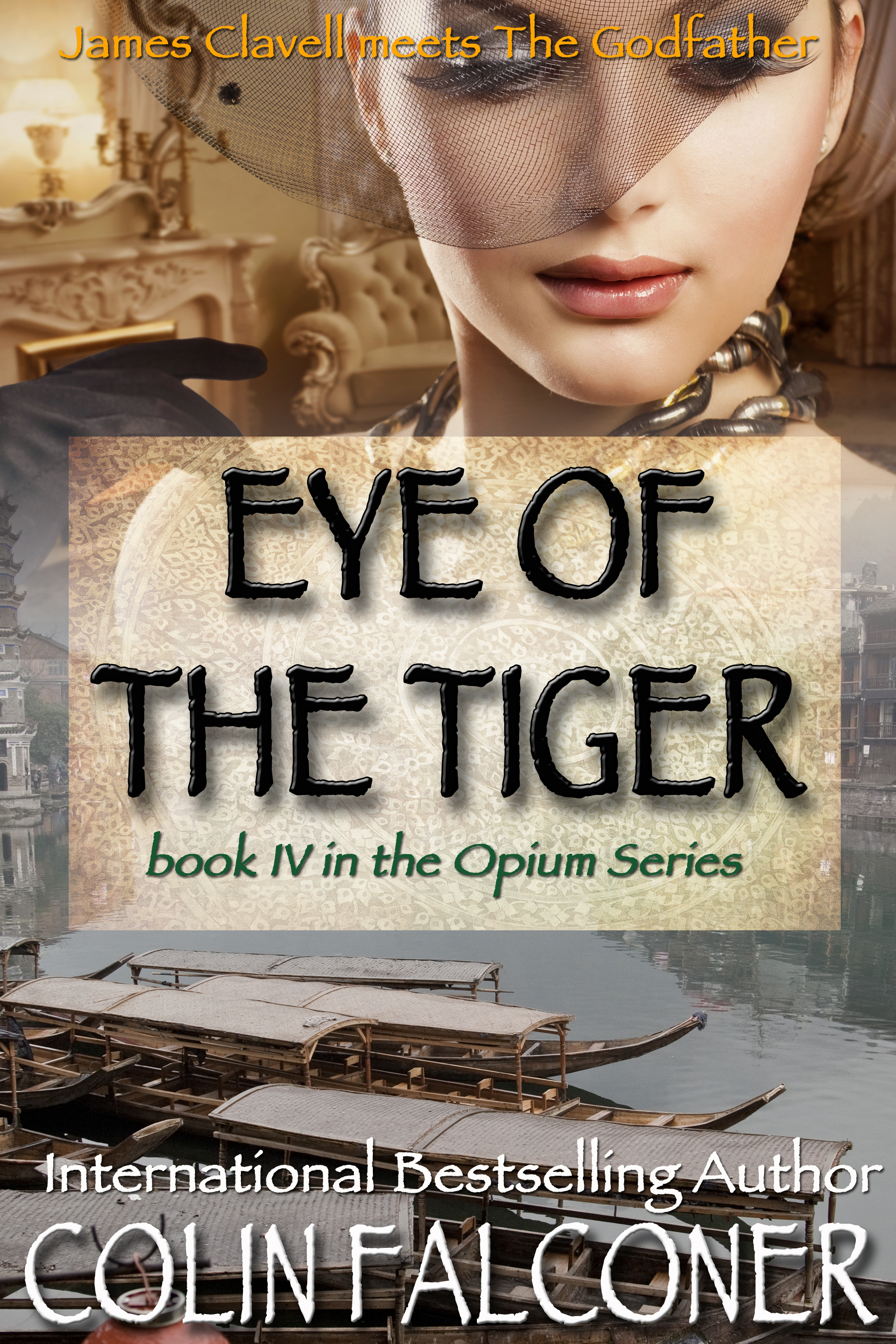No one knows where Valentine’s Day comes from. There are actually three Catholic saints called Valentine; one of them is supposed to have stood up to Emperor Claudius II, who thought men made better soldiers when they were single - like one of those ‘no sex before the game’ football coaches.
Valentine took pity on these womanless warriors and married several of them in secret. When the Emperor found out he had him martyred on February 14th.
On the evening before his execution he wrote the first Valentine’s card, to his jailer’s daughter. Roses are red violets are blue, I’m dying tomorrow but I love you. Or something like that. He is supposed to have signed it: from your Valentine.
If it all sounds just too trite, you’re absolutely right. There is absolutely no truth in this story.
Anyway, Valentine was actually deleted from the General Roman Calendar of Saints in 1969 by Pope Paul VI, because the Vatican admitted they knew nothing at all about him except that he was buried on the Via Flaminia.
Other theories say Valentine’s Day is based on the Roman feast of Lupercalia, a riotous event where members of the Luperci, an order of Roman priests, would sacrifice a goat, for fertility, and a dog, for purification. They would then cut the hides into strips, dip them into the sacrificial blood and take to the streets, whipping young married women across their bare backs to make them fertile.
It was like Bondage Day and May Day rolled into one. It was later outlawed in the fifth century, being deemed “un-Christian”.
It was Chaucer who first associated Valentine’s Day with romantic love in his Parlement of Foules (1382):
‘For this was on seynt Volantynys day/Whan euery bryd comyth there to chese his make.’
(For this was Saint Valentine’s Day, when every bird comes there to choose his mate.]
The poem was written to honor the first anniversary of the engagement of King Richard II of England to Anne of Bohemia, whose marriage treaty was signed on May 2, 1381. But birds don’t generally ‘cheese their makes’ in February, they’re too busy shivering in trees; and May 2 is the saints day for Valentine of Genoa. So it’s likely we’ve all somehow got the wrong day.
Blame Chaucer for not being clear.
The earliest surviving valentine is a 15th-century rondeau by Charles, Duke of Orléans to his wife, which he wrote while being held in the Tower of London following his capture at the Battle of Agincourt.
Roses are red, violets are handsome, if you really love me, you’ll pay the ransom. No, I’m guessing. (The real greeting is now part of the manuscript collection of the British Library in London.)
| photograph: Chordboard |
Valentine’s Day really took off in England in the eighteenth century. In the Victorian era printers began producing cards with verses and sketches, called “mechanical valentines.” (See the pictures above and below). Improvements in the postal system boosted the tradition’s popularity and made it easier to send the racier versions anonymously, which appealed to the prudish Victorians. (Roses are red, violets are blue, Queen Victoria doesn’t, but I hope you do.)
In America, a woman named Esther A. Howland - the so-called mother of the Valentine - produced the first mass-produced valentines, elaborate creations with real lace, ribbons and colorful pictures.
| photograph: Chordboard |
These days Valentine’s Day is the second largest card-sending holiday of the year, and around 1.3 billion pounds are spent yearly on cards, flowers, and chocolates in the UK alone.
Not everyone likes it. It has been dubbed the Hallmark Holiday because big companies make such huge profits selling cards, flowers and confectionery. Some people feel that being pressured to show their love is no kind of love at all. For others it can be a painful reminder either that they’re unwillingly single or their current relationship is past the romantic stage.
But thanks to a concentrated marketing effort, it has taken off in Asia. In South Korea, women give chocolates to men on February 14, and men return the gesture on March 14 (White Day). On April 14 (Black Day), those who didn’t get anything go to a restaurant to eat black noodles and mutter into their lotus buns.
| photograph: newone |
In has also become popular in India, probably boosted by the economic upturn. Hindu and Islamic traditionalists don’t care for it, they say it is a front for Western imperialism, neo-colonialism, and the exploitation of working classes. They also say it is alien to Indian culture, which shows outstanding ignorance of their own history; such sentiments are surely an affront to the artists who sculpted the passionate frescoes on the temple walls at Khajuraho or worked on the biggest Valentine’s gift of all, the Taj Mahal.
But as most protesters are middle-class Hindu men one suspects they are actually just trying to protect Hindi institutions like arranged marriages.
History does repeat; Valentine’s Day offended the religious right in Rome’s day, which was why it was banned in the fifth century. In Saudi Arabia, today’s religious police still try to prevent the sale of Valentine’s Day items. The Authority for Enjoining Good and Preventing Evil - the Moslem version of the Inquisition - raids shops looking for Valentine’s Day paraphernalia. Florists have taken to delivering roses in the middle of the night to avoid detection.
In Malaysia, Deputy Prime Minister Muhyiddin Yassin has said the celebration of romantic love was “not suitable” for Muslims. Officers of the Malaysian Islamic Development Department have been known to raid budget hotels between midnight and six around this time of year arresting anyone who looks like they might be in love.
| photograph: Lemur12 |
Me? I thankfully live in a free country and being a romantic at heart I’ve never felt any kind of pressure this time of year. A dupe to the megalopolies, I do send roses on Valentine’s Day. I’ve yet to be handed over to the Authority for Enjoining Good and Preventing Evil, though I wouldn’t rule it out just yet. I’m still working on it.
But I’ve found certain people of the opposite gender seem to appreciate flowers. Call me a bourgeois reactionary, but I dare say I may send some again.






